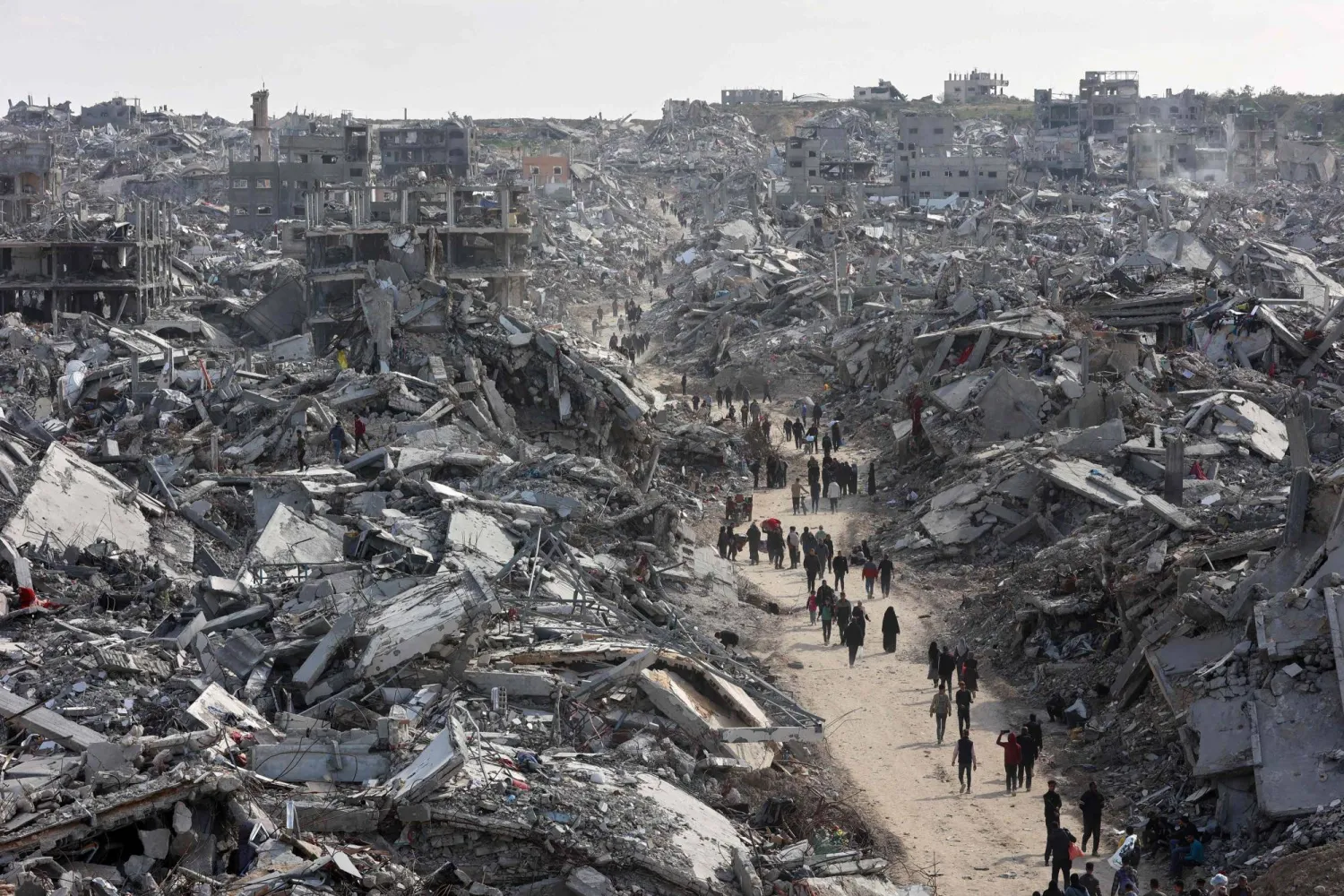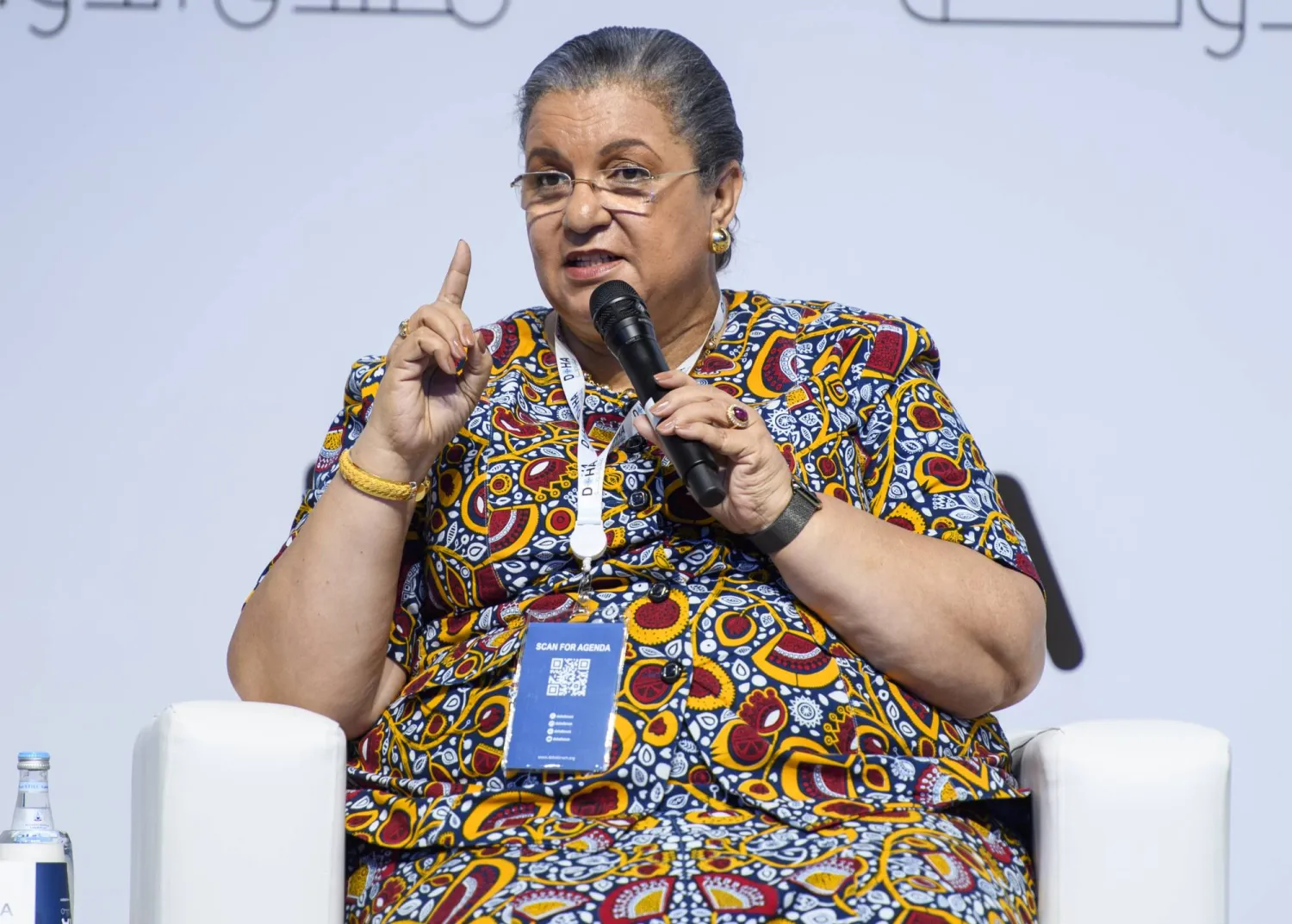Three months following the overthrow of President Bashar al-Assad, Syria is at a crossroads, the top UN envoy for the country said Tuesday.
Geir Pedersen told the UN Security Council that Syria can return to violence or start an inclusive transition and end decades of conflict.
He said the road back to conflict, fragmentation and violations of Syrian sovereignty by external powers "must not come to pass." The other road, which would restore Syria’s sovereignty and regional security, is "viable," but "requires the right Syrian decisions" and international support, Pedersen said.
Syria’s civil war had gone on for 13 years when a lightning insurgency led by the Hayat Tahrir al-Sham group (HTS) overthrew Assad in December, ending his family’s more than 50-year rule.
Former HTS leader Ahmed al-Sharaa was announced as the country’s interim president after a meeting of armed groups that took part in the offensive.
Pedersen spoke weeks after clashes between Sharaa's security forces and armed groups loyal to Assad - sparked by an ambush by regime remnants on the security forces - spiraled into sectarian revenge attacks that killed scores of civilians, most of them Alawites, a minority sect to which Assad belongs. It was the worst violence since December.
Pedersen told the council that while the situation was "comparatively calmed" after several days, the UN continues to receive reports "of harassment and intimidation, including with heavy sectarian overtones."
He said the interim authorities announced an independent investigation. Pedersen said he stressed that it must be transparent, in line with international standards, and its findings made public.
The UN special envoy, who will be returning to Damascus shortly, highlighted several priority areas for action and attention.
The latest violence, he said, "laid bare the urgent need for credible and efficient accountability for crimes" committed over decades.
He said the UN and the international community will be watching whether the soon-to-be-announced transitional government and transitional legislative council reflect Syria’s diversity and include both men and women.
Pedersen said his team was consulted on a temporary constitution and gave advice on international best practices and norms. "Some of this was taken on board, some was not," he said.
In mid-March, Sharaa signed a temporary constitution that promises to protect the rights of all Syrians for five years during a transitional phase.
"Some Syrians have commended the effort to fill the constitutional vacuum, and noted the incorporation of international human rights norms," Pedersen said. "But others have expressed reservations about the non-transparent process of its drafting and the substance itself — particularly a very strong presidency with unclear checks and balances between state powers and ambiguity regarding the transition steps."
Pedersen also cited other issues that demand action, including dealing with armed groups and foreign fighters, and reviving the economy.









